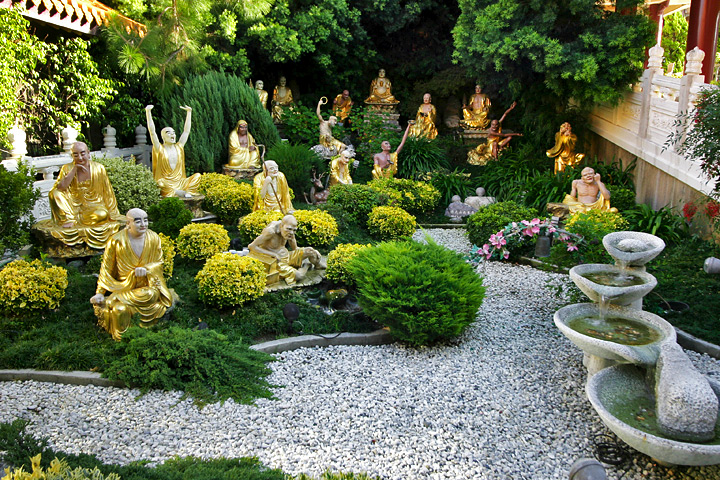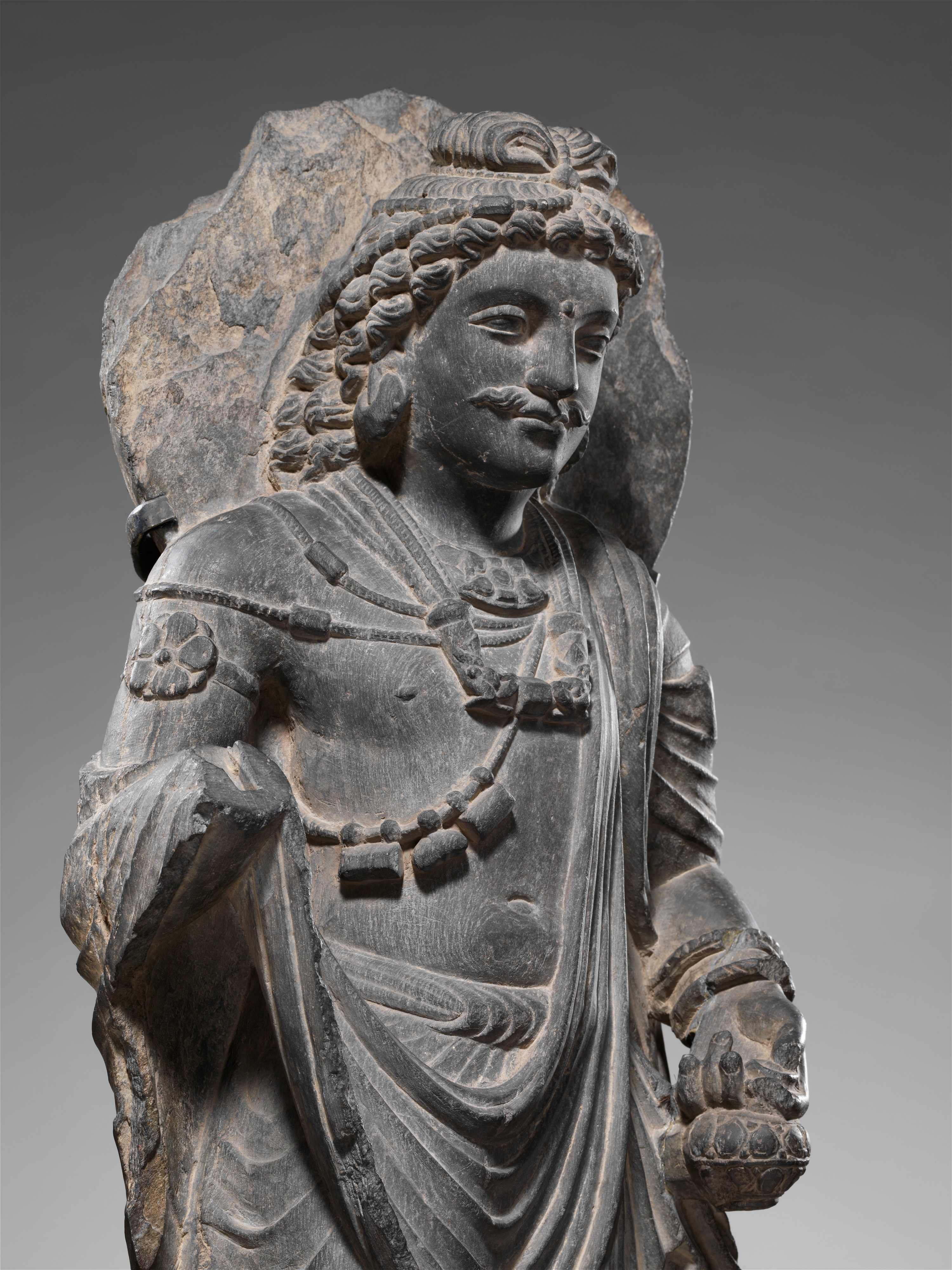|
Arant
In Buddhism, an ''Arhat'' () or ''Arahant'' (, 𑀅𑀭𑀳𑀦𑁆𑀢𑁆) is one who has gained insight into the true nature of existence and has achieved ''Nirvana'' and has been liberated from the endless cycle of rebirth. The understanding of the concept has changed over the centuries, and varies between different schools of Buddhism and different regions. A range of views on the attainment of arhats existed in the early Buddhist schools. The Sarvāstivāda, Kāśyapīya, Mahāsāṃghika, Ekavyāvahārika, Lokottaravāda, Bahuśrutīya, Prajñaptivāda, and Caitika schools all regarded arhats as imperfect in their attainments compared to buddhas.Sree Padma. Barber, Anthony W. ''Buddhism in the Krishna River Valley of Andhra''. 2008. p. 44Warder, A.K. ''Indian Buddhism''. 2000. p. 277 Mahayana Buddhist teachings urge followers to take up the path of a bodhisattva, and to not fall back to the level of arhats and śrāvakas. The arhats, or at least the senior arhats, ... [...More Info...] [...Related Items...] OR: [Wikipedia] [Google] [Baidu] |
Rebirth (Buddhism)
Rebirth in Buddhism refers to the teaching that the actions of a sentient being lead to a new existence after death, in an endless cycle called ''saṃsāra''. This cycle is considered to be ''dukkha'', unsatisfactory and painful. The cycle stops only if Nirvana (liberation) is achieved by Enlightenment in Buddhism, insight and the Nirvana, extinguishing of craving. Rebirth is one of the foundational doctrines of Buddhism, along with Karma in Buddhism, karma and Nirvana (Buddhism), Nirvana. Rebirth was a key teaching of Early Buddhist schools, early Buddhism along with the doctrine of Karma in Buddhism, karma (which it shared with early Indian religions like Jainism). In Early Buddhist texts, Early Buddhist Sources, the Buddha claims to have knowledge of his many past lives. Rebirth and other concepts of the afterlife have been interpreted in different ways by different Buddhist traditions. The rebirth doctrine, sometimes referred to as reincarnation or metempsychosis, transmigrat ... [...More Info...] [...Related Items...] OR: [Wikipedia] [Google] [Baidu] |
Buddhism
Buddhism, also known as Buddhadharma and Dharmavinaya, is an Indian religion and List of philosophies, philosophical tradition based on Pre-sectarian Buddhism, teachings attributed to the Buddha, a wandering teacher who lived in the 6th or 5th century Before the Common Era, BCE. It is the Major religious groups, world's fourth-largest religion, with about 500 million followers, known as Buddhists, who comprise four percent of the global population. It arose in the eastern Gangetic plain as a movement in the 5th century BCE, and gradually spread throughout much of Asia. Buddhism has subsequently played a major role in Asian culture and spirituality, eventually spreading to Western world, the West in the 20th century. According to tradition, the Buddha instructed his followers in a path of bhavana, development which leads to Enlightenment in Buddhism, awakening and moksha, full liberation from ''Duḥkha, dukkha'' (). He regarded this path as a Middle Way between extremes su ... [...More Info...] [...Related Items...] OR: [Wikipedia] [Google] [Baidu] |
Bodhisattva
In Buddhism, a bodhisattva is a person who has attained, or is striving towards, '' bodhi'' ('awakening', 'enlightenment') or Buddhahood. Often, the term specifically refers to a person who forgoes or delays personal nirvana or ''bodhi'' in order to compassionately help other individuals reach Buddhahood. In the Early Buddhist schools, as well as modern Theravāda Buddhism, bodhisattva (or bodhisatta) refers to someone who has made a resolution to become a Buddha and has also received a confirmation or prediction from a living Buddha that this will come to pass. In Theravāda Buddhism, the bodhisattva is mainly seen as an exceptional and rare individual. Only a few select individuals are ultimately able to become bodhisattvas, such as Maitreya. In Mahāyāna Buddhism, a bodhisattva refers to anyone who has generated '' bodhicitta'', a spontaneous wish and compassionate mind to attain Buddhahood for the benefit of all sentient beings. Mahayana bodhisattvas are spiritua ... [...More Info...] [...Related Items...] OR: [Wikipedia] [Google] [Baidu] |
East Asia
East Asia is a geocultural region of Asia. It includes China, Japan, Mongolia, North Korea, South Korea, and Taiwan, plus two special administrative regions of China, Hong Kong and Macau. The economies of Economy of China, China, Economy of Japan, Japan, Economy of South Korea, South Korea, and Economy of Taiwan, Taiwan are among the world's largest and most prosperous. East Asia borders North Asia to the north, Southeast Asia to the south, South Asia to the southwest, and Central Asia to the west. To its east is the Pacific Ocean. East Asia, especially History of China, Chinese civilization, is regarded as one of the earliest Cradle of civilization#China, cradles of civilization. Other ancient civilizations in East Asia that still exist as independent countries in the present day include the History of Japan, Japanese, History of Korea, Korean, and History of Mongolia, Mongolian civilizations. Various other civilizations existed as independent polities in East Asia in the past ... [...More Info...] [...Related Items...] OR: [Wikipedia] [Google] [Baidu] |
Eighteen Arhats
The Eighteen Arhats (or Eighteen Luohans) () are depicted in Chinese Buddhism as the original followers of Gautama Buddha ('' arhat'') who have followed the Noble Eightfold Path and attained the four stages of enlightenment. They have reached the state of Nirvana and are free of worldly cravings. They are charged to protect the Buddhist faith and to wait on earth for the coming of Maitreya, an enlightened Buddha prophesied to arrive on earth many millennia after Gautama Buddha's death (parinirvana). In China, the eighteen arhats are also a popular subject in Buddhist art, such as the famous Chinese group of glazed pottery luohans from Yixian from about 1000 CE. In China Originally, the arhats were composed of only 10 disciples of Gautama Buddha, although the earliest Indian sutras indicate that only 4 of them, Pindola, Kundadhana, Panthaka and Nakula, were instructed to await the coming of Maitreya. Earliest Chinese representations of the arhats can be traced back to as early ... [...More Info...] [...Related Items...] OR: [Wikipedia] [Google] [Baidu] |
Maitreya
Maitreya (Sanskrit) or Metteyya (Pali), is a bodhisattva who is regarded as the future Buddhahood, Buddha of this world in all schools of Buddhism, prophesied to become Maitreya Buddha or Metteyya Buddha.Williams, Paul. ''Mahayana Buddhism: The Doctrinal Foundations 2nd edition.'' Routledge, 2009, p. 218. In some Buddhist texts, Buddhist literature, such as the ''Amitabha Sutra'' and the ''Lotus Sutra'', he is also referred to as Ajitā (Invincible, Unconquerable). In Tibetan Buddhism he is known as the "Lord of Love" or the "Noble Loving One" (Pakpa Jampa). The root of his name is the Sanskrit word ''maitrī'' (Pali: ''metta''; meaning friendliness, loving-kindness). The name Maitreya is also related to the Indo-Iranian languages, Indo-Iranian name Mitra.Jayarava, Visible Mantra: Visualising & Writing Buddhist Mantras, pp. 142-43. 2011 In Hinduism, Maitreya is prophesied to be the king of Shambala, which is also the birthplace of the Kalki Avatar. In all branches of Buddhism, ... [...More Info...] [...Related Items...] OR: [Wikipedia] [Google] [Baidu] |
Sixteen Arhats
The Sixteen Arhats ( Chinese: 十六羅漢, pinyin: ''Shíliù Luóhàn'', Rōmaji: ''Jūroku Rakan''; Tibetan: གནས་བརྟན་བཅུ་དྲུག, "Neten Chudrug") are a group of legendary Arhats in Buddhism. The grouping of sixteen Arhats was brought to China, and later to Tibet, from India. In China, an expanded group of Eighteen Arhats later became much more popular, but worship of the sixteen Arhats still continues to the present day in China, Japan and Tibet. In Japan sixteen Arhats are particularly popular in Zen Buddhism, where they are treated as examples of behaviour. In Tibet, the sixteen Arhats, also known as sixteen sthaviras ('elders') are the subject of a liturgical practice associated with the festival of the Buddha's birth, composed by the Kashmiri teacher Shakyahribhadra (1127-1225). They are also well represented in Tibetan art. The sixteen Arhats are: File:明 吳彬 十六羅漢圖 卷-The Sixteen Luohans MET DP153748.jpg File:明 吳彬 ... [...More Info...] [...Related Items...] OR: [Wikipedia] [Google] [Baidu] |
Buddhist Art
Buddhist art is visual art produced in the context of Buddhism. It includes Buddha in art, depictions of Gautama Buddha and other Buddhas and bodhisattvas in art, Buddhas and bodhisattvas, notable Buddhist figures both historical and mythical, narrative scenes from their lives, mandalas, and physical objects associated with Buddhist practice, such as vajras, bells, stupas and Buddhist architecture, Buddhist temple architecture. Buddhist art originated in the north of the Indian subcontinent, in modern India, Pakistan and Afghanistan, with the earliest survivals dating from a few centuries after the historical life of Gautama Buddha, Siddhartha Gautama from the 6th to 5th century BCE. As Buddhism spread and evolved in each new host country, Buddhist art followed in its footsteps. It developed to the north through Central Asia and into Eastern Asia to form the Northern branch of Buddhist art, and to the east as far as Southeast Asia to form the Southern branch of Buddhist art. In ... [...More Info...] [...Related Items...] OR: [Wikipedia] [Google] [Baidu] |
500 Rakan Statues, View From Above, Daisho-in, Miyajima, Hatsukaichi, 2016
5 (five) is a number, numeral and digit. It is the natural number, and cardinal number, following 4 and preceding 6, and is a prime number. Humans, and many other animals, have 5 digits on their limbs. Mathematics 5 is a Fermat prime, a Mersenne prime exponent, as well as a Fibonacci number. 5 is the first congruent number, as well as the length of the hypotenuse of the smallest integer-sided right triangle, making part of the smallest Pythagorean triple ( 3, 4, 5). 5 is the first safe prime and the first good prime. 11 forms the first pair of sexy primes with 5. 5 is the second Fermat prime, of a total of five known Fermat primes. 5 is also the first of three known Wilson primes (5, 13, 563). Geometry A shape with five sides is called a pentagon. The pentagon is the first regular polygon that does not tile the plane with copies of itself. It is the largest face any of the five regular three-dimensional regular Platonic solid can have. A conic i ... [...More Info...] [...Related Items...] OR: [Wikipedia] [Google] [Baidu] |
Apostles In The New Testament
In Christian theology and ecclesiology, the apostles, particularly the Twelve Apostles (also known as the Twelve Disciples or simply the Twelve), were the primary Disciple (Christianity), disciples of Jesus according to the New Testament. During the Life of Jesus in the New Testament, life and ministry of Jesus in the Christianity in the 1st century, 1st century AD, the apostles were his closest followers and became the primary teachers of the gospel message of Jesus. There is also an Eastern Christianity, Eastern Christian tradition derived from the Gospel of Luke that there were Seventy disciples, seventy apostles during the time of Jesus' ministry. The commissioning of the Twelve Apostles during the ministry of Jesus is described in the Synoptic Gospels. After his Resurrection of Jesus, resurrection, Jesus sent eleven of them (as Judas Iscariot by then had Judas Iscariot#Death, died) by the Great Commission to spread his teachings to all nations. In the Pauline epistles, ... [...More Info...] [...Related Items...] OR: [Wikipedia] [Google] [Baidu] |
Leader
Leadership, is defined as the ability of an individual, group, or organization to "", influence, or guide other individuals, teams, or organizations. "Leadership" is a contested term. Specialist literature debates various viewpoints on the concept, sometimes contrasting Eastern and Western approaches to leadership, and also (within the West) North American versus European approaches. Some U.S. academic environments define leadership as "a process of social influence in which a person can enlist the aid and support of others in the accomplishment of a common and ethical task". In other words, leadership is an influential power-relationship in which the power of one party (the "leader") promotes movement/change in others (the "followers"). Some have challenged the more traditional managerial views of leadership (which portray leadership as something possessed or owned by one individual due to their role or authority), and instead advocate the complex nature of leadership w ... [...More Info...] [...Related Items...] OR: [Wikipedia] [Google] [Baidu] |











